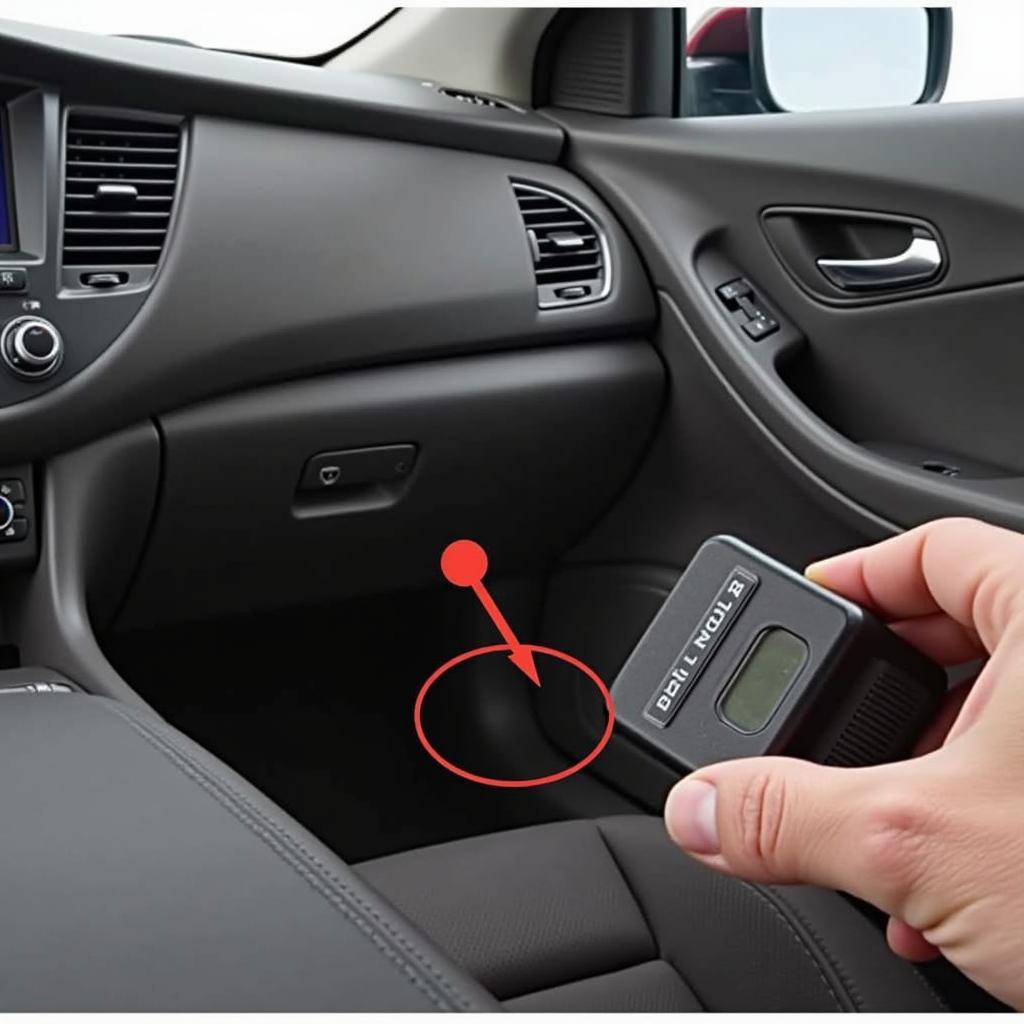If you’re a Chevy owner, you’ve probably heard of OBD2, the standardized system for diagnosing car problems. But what about OBD1? And when did Chevy make the switch?
This article dives deep into the evolution of onboard diagnostics in Chevy vehicles, pinpointing the exact year Chevy transitioned from OBD1 to OBD2. We’ll explore the reasons behind this shift and the differences between the two systems. Whether you’re a car enthusiast or just curious about your Chevy’s inner workings, this guide will provide valuable insights.
The OBD Revolution: A Timeline of Innovation
Onboard diagnostics have come a long way since their rudimentary beginnings. Here’s a quick overview of the key milestones:
- Early 1980s: Early versions of onboard diagnostics emerge, with car manufacturers developing their own proprietary systems. This lack of standardization made diagnostics challenging for mechanics.
- 1991: The California Air Resources Board (CARB) introduces OBD1 for vehicles sold in California. OBD1 primarily focuses on monitoring emissions-related components.
- 1996: OBD2 becomes mandatory for all new cars sold in the United States. This standardized system offers more comprehensive diagnostics and uses a universal connector and communication protocol.
Chevy’s Transition to OBD2: When Did it Happen?
Chevrolet, like all major automakers selling cars in the US, adopted OBD2 in 1996. This means that all Chevy vehicles manufactured from the 1996 model year onwards are equipped with OBD2 systems.
 Chevy OBD2 Port Location
Chevy OBD2 Port Location
OBD1 vs. OBD2: Understanding the Key Differences
While both systems aim to diagnose car problems, several key differences exist between OBD1 and OBD2:
- Standardization: OBD2’s universal connector, communication protocol, and fault codes make diagnostics much simpler than the manufacturer-specific OBD1 systems.
- Diagnostic Capabilities: OBD2 offers more comprehensive diagnostics, monitoring a broader range of vehicle systems, including engine, transmission, emissions, and safety systems.
- Data Richness: OBD2 provides richer data streams, allowing for more in-depth analysis of vehicle performance.
Why Did Chevy Switch to OBD2?
Several factors drove the industry-wide adoption of OBD2:
- Government Regulations: The Clean Air Act Amendments of 1990 mandated a standardized diagnostic system to monitor emissions performance.
- Improved Diagnostics: OBD2’s standardized approach simplified diagnostics for mechanics, regardless of the vehicle make or model.
- Technological Advancements: The evolution of automotive technology allowed for more sophisticated onboard diagnostics and data analysis.
FAQs About Chevy OBD Systems
Q: My Chevy is older than a 1996 model. Does it have an OBD system?
A: It likely has an OBD1 system, but it might be manufacturer-specific and not as standardized as OBD2.
Q: Where can I find the OBD2 port in my Chevy?
A: The OBD2 port is typically located under the driver-side dashboard, near the steering column.
Q: Can I use any OBD2 scanner on my Chevy?
A: While most standard OBD2 scanners will work, some Chevy-specific scanners offer advanced functionalities.
Need More Help With Your Chevy’s OBD System?
Understanding your Chevy’s onboard diagnostics is crucial for keeping your car running smoothly. Contact us via WhatsApp at +1(641)206-8880 or email us at [email protected] for expert advice and top-quality OBD2 scanners tailored to your Chevy model. Our 24/7 customer support team is here to assist you.

